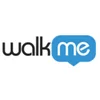Organizations that master employee application onboarding unlock transformative benefits that ripple across their entire workforce. These gains are achievable when the onboarding process centers on the real needs of daily users.
Yet despite this potential, only 12% of employees report having a great onboarding experience. This means most organizations are still struggling to make onboarding effective, particularly when it comes to application training.
What is application onboarding?
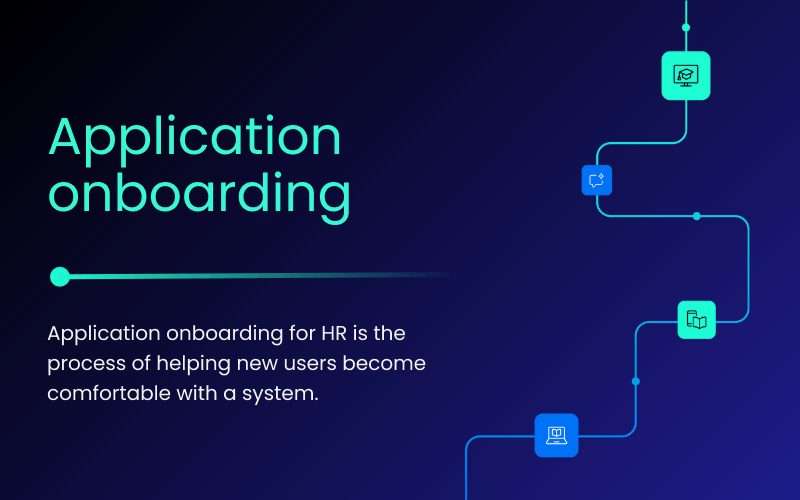
Application onboarding for HR is the process of helping new users become comfortable with a system. It typically includes:
- Walking users through the homepage and navigation
- Helping them set up their profile
- Showing them how to adjust preferences
While this may sound straightforward, this initial step sets the tone for how employees experience a new tool. When the process is fragmented or unclear, employees notice, and disengagement follows quickly.
The challenges
For most teams, the biggest hurdle is the learning curve. Employees must simultaneously relearn HR processes while navigating an unfamiliar system. This double burden creates frustration, leading some users to seek workarounds or abandon the system entirely.
Traditional training compounds the problem. Trainers are expensive, travel consumes time and money, and training sessions often occur weeks before employees actually need the skills, meaning much of the learning is forgotten. Remote teams face an additional challenge: delivering consistent, quality application training across multiple locations.
It’s no surprise that 36% of employers still lack a structured onboarding process. Without structure, new hires face extended learning curves, while organizations waste resources and miss opportunities for early productivity.
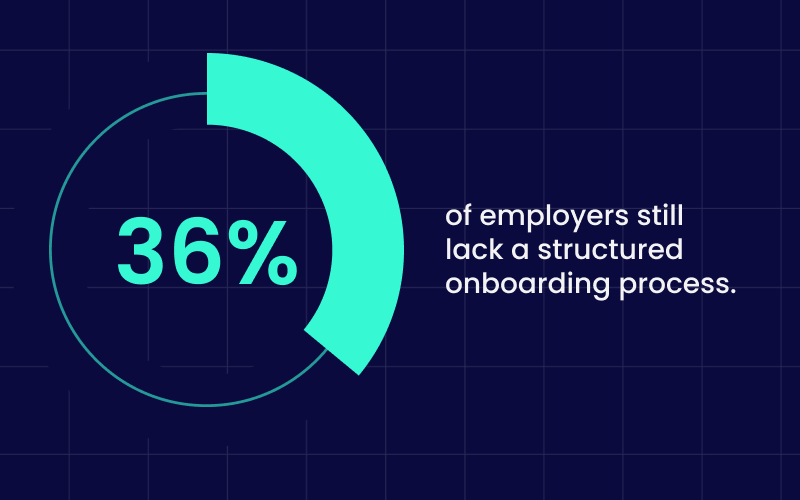
The Solution: WalkMe
This is where digital adoption platforms like WalkMe become game-changers.
Rather than relying on traditional training methods, these platforms provide contextual, in-app guidance that transforms how employees learn new systems. WalkMe, specifically, offers step-by-step walkthroughs, interactive tutorials, and real-time support directly within HR applications, eliminating the disconnect between training and actual use.
The results speak for themselves: companies using WalkMe have cut onboarding time by half, reduced training time by 60%, and achieved ROI ranging from 368% to 494% over three years. But implementation success depends on following proven best practices.
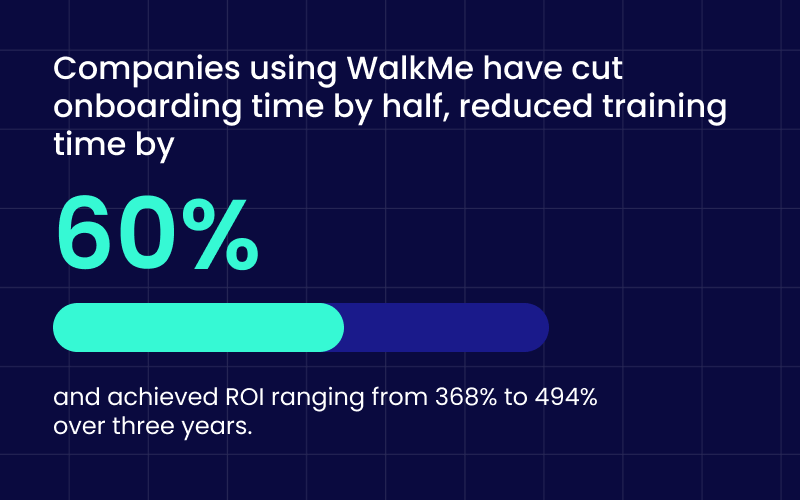
A practical guide for making onboarding better
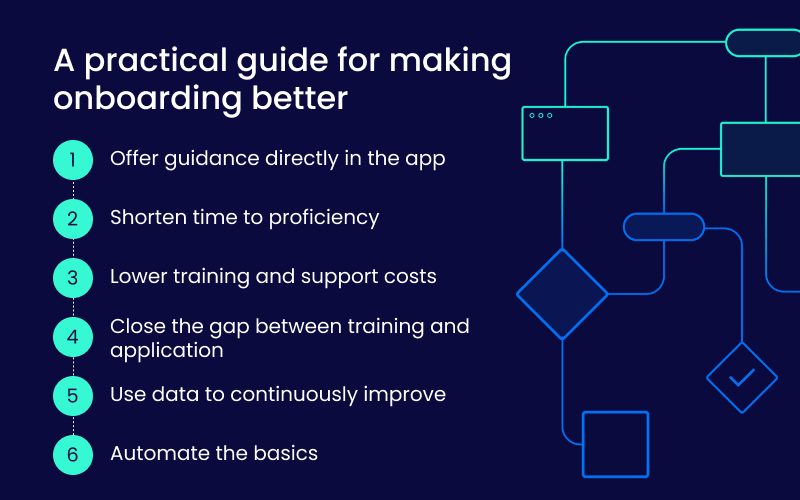
- Offer guidance directly in the app
Step-by-step instructions within the application reduce confusion and minimize mistakes. Tools like WalkMe provide this type of in-flow support, giving users help exactly when they need it without leaving their current screen.
- Shorten time to proficiency
Structured onboarding improves employee retention by up to 82% and increases productivity by 62%. The faster people feel capable, the sooner they can focus on meaningful work.
- Lower training and support costs
Companies using WalkMe have reduced onboarding time by half and training time by 60%, while achieving a 368% ROI over three years. Another study found a 494% return over the same period. These savings come from replacing traditional methods with digital, in-app guidance.
- Close the gap between training and application
In-app support enables employees to learn while doing, eliminating the lag between training sessions and when skills are actually needed. This approach also reduces dependence on trainers and in-person workshops.
- Use data to continuously improve
Platforms like WalkMe allow HR teams to see exactly where users get stuck, which steps they skip, and how often they request help. This data makes it easier to fine-tune the onboarding flow for continuous improvement.
- Automate the basics
AI and automation are transforming routine onboarding tasks like paperwork and access setup. One company reduced onboarding time by four days and cut HR involvement per hire from 20 hours to 12 hours.
Putting it all together
The combination of these strategies creates a comprehensive onboarding ecosystem. When implemented effectively with platforms like WalkMe, HR teams can track user progress, identify bottlenecks, and continuously refine the experience based on real usage data.
Although 77% of organizations recognize onboarding as key to employee retention, many still underinvest in the application side of the process. WalkMe bridges this gap by ensuring HR tools are actually adopted and used as intended.
What success looks like
When onboarding is done well, the benefits are clear:
- More people adopt the application
- Employees report higher satisfaction
- Support and training costs go down
Organizations that invest in improving this workflow not only save money, they also build a workforce that feels capable and supported from the start.

